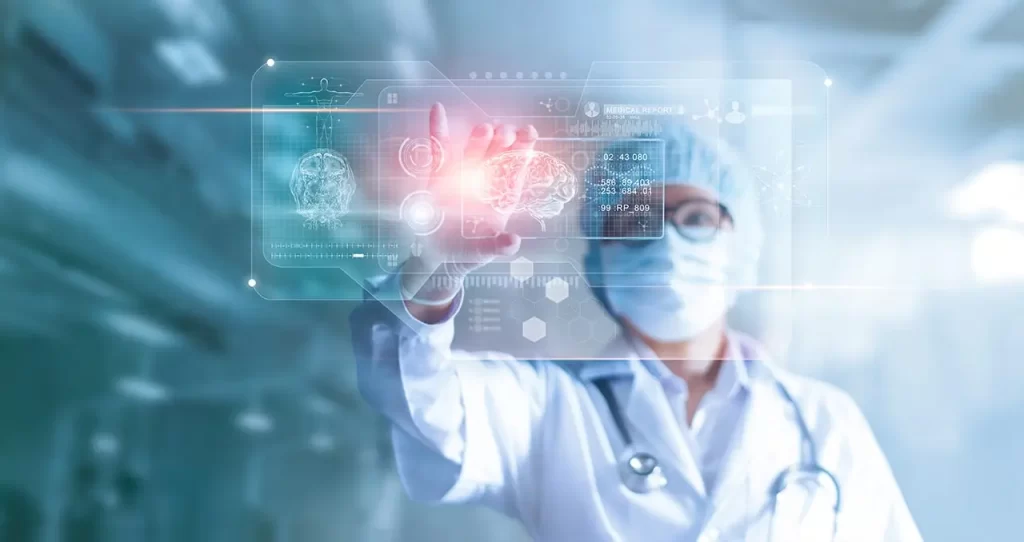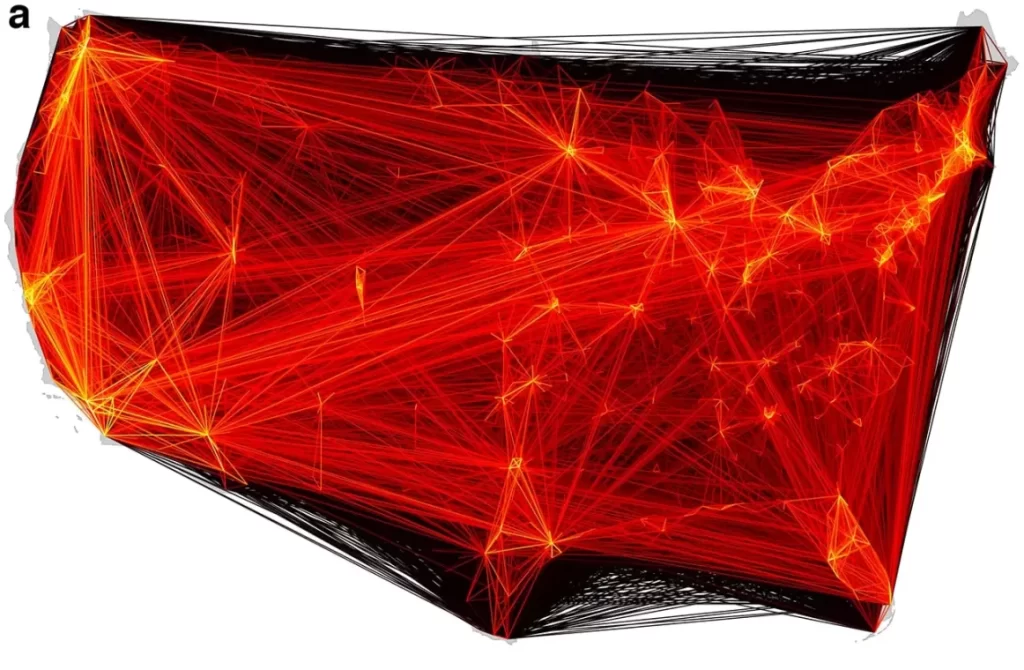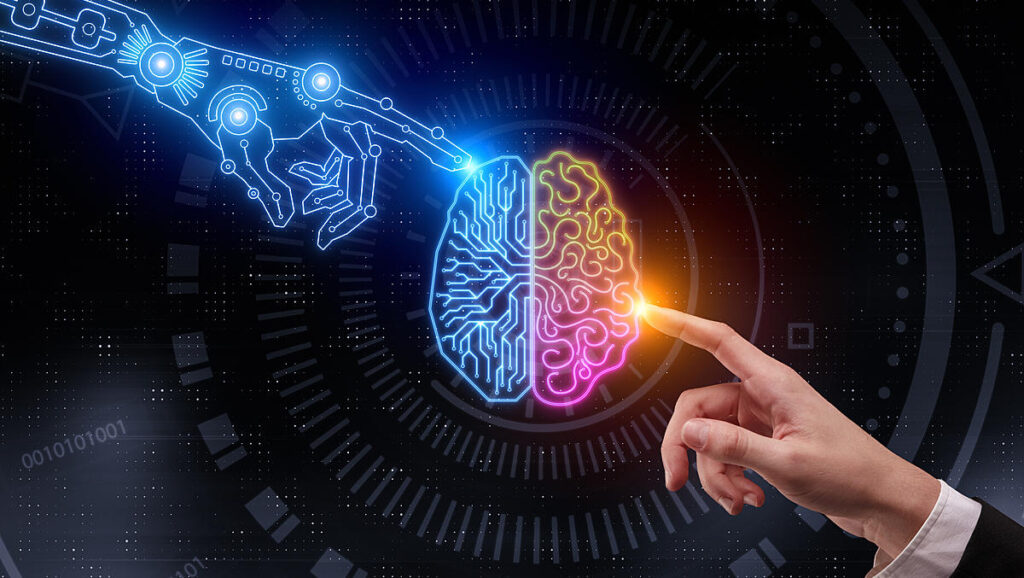ChatGPT and its Impact on the IT Industry
ChatGPT and its Impact on the IT Industry Author: Ravi Sankar Pabbati One of our team members had a wild idea long ago that one day there will be a technology to generate software applications given software requirement documents. To our surprise, we were astounded when ChatGPT came alive. We now had the capabilities of ChatGPT in generating code for a prescribed software programming task for example “In java how to split a list into multiple lists of chunk size 10”. What is ChatGPT? ChatGPT is a conversational AI chatbot tool designed to understand user intent and provide accurate responses to a wide range of queries. It utilizes large language models (LLMs) trained on massive datasets using unsupervised learning, supervised learning, and reinforcement techniques. These models are used to predict the next word in a sequence of text, enabling ChatGPT to provide insightful and accurate responses to user queries. What is the impact of ChatGPT on the IT industry? ChatGPT has the potential to be a game changer for software professionals, improving their productivity and speeding up the software development process. Programmers can now ask ChatGPT to write code for a given problem, check the code for improvements, ask conceptual questions on any technical topic or technology, and seek best practices to follow for any specific technology or problem. Furthermore, ChatGPT is much more than a search engine for technical information. It can understand the nuances of information(what, why, how, when) and provide insightful responses to queries that are difficult to obtain from traditional search engines. As such, it is becoming a go-to choice for developers who seek to quickly and efficiently find technical information. While some may fear that ChatGPT will reduce jobs, it should be viewed as a tool to match the ever-increasing customer demand for producing high-quality software in less time and on a smaller budget. It will help companies and individuals to conceptualize any idea and build it faster. In terms of software development, ChatGPT is already being integrated into modern applications with built-in AI capabilities. This is likely to challenge and disrupt traditional software applications, with ChatGPT becoming ubiquitous in almost all applications used on a daily basis, including office suites, productivity tools, development IDEs, and analytics applications. In the near future, we could see built-in ChatGPT tools for development IDEs that will assist software developers in suggesting, fixing, and reviewing code. Imagine the tools maturing to help us walk through code, explain the flow, and query the code base in natural language instead of text search. The possibilities are endless, and the impact on the IT industry is likely to be significant. Limitations Although ChatGPT is proficient in generating code for specific, simpler problems, it may not be as effective in generating code for more intricate problems. To tackle more complicated problems, we might need to divide them into smaller subproblems and utilize the tool to generate code blocks that we can combine to solve larger issues. It is worth noting that not all answers and generated code produced by ChatGPT are necessarily accurate. Therefore, it is essential to exercise your own intuition and judgment to validate the answers provided by the tool. Conclusion ChatGPT has the potential to revolutionize the IT industry by improving productivity and enabling faster software development. As the technology matures, we can expect to see ChatGPT integrated into more and more software applications, making it an indispensable tool for software professionals.
ChatGPT and its Impact on the IT Industry Read More »







